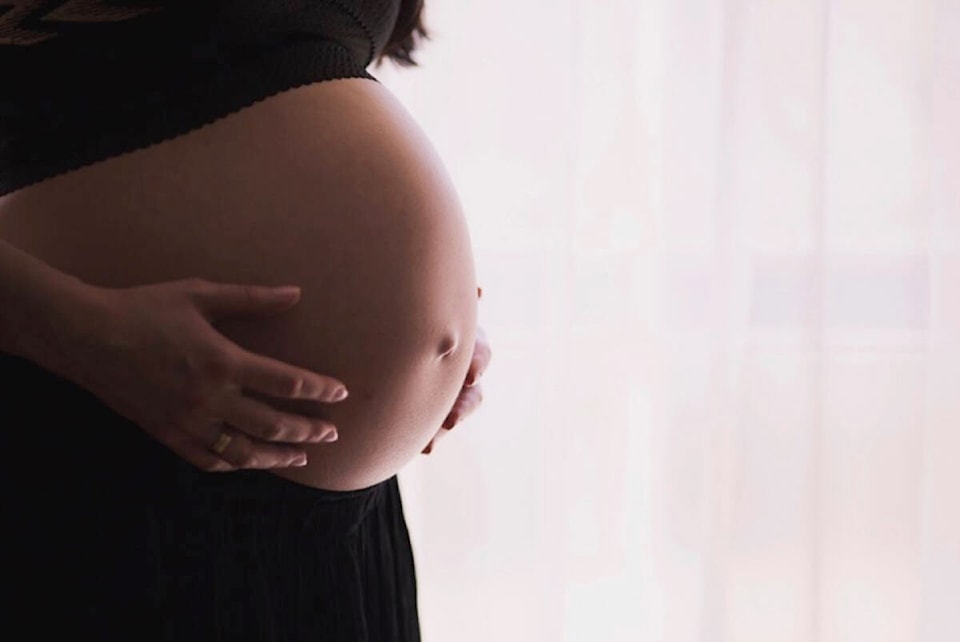There’s an interesting piece of data buried in a September release from Statistics Canada about demographics and population growth here in B.C.
Between April and June of this year, our provincial population went up by one per cent, about 52,000 people.
However, all of that is international migration, whether new landed immigrants or international students.
The rate of natural increase in the same quarter – that’s births versus deaths – was actually negative. There were 646 more deaths than births.
It’s another indication that Canada, like almost every industrialized country, has a shrinking birth rate and an aging population.
Before we go further, let’s note that the ability to control the size of our families, for women and couples to decide to have no children, or one, or several, is an unalloyed good. It’s a freedom that our ancestors never enjoyed.
Some people, namely racists, are freaking out about declining birthrates, but only for the “right kind” of people.
Another cohort is panicking because if too few people are born, who will work all the low-wage jobs! They see people as economic units, rather than as humans making choices.
Both of these groups are awful, and should be ignored.
But the stat I watch closely isn’t the total number of births. It’s the mismatch between how many children people say they want, and how many they actually have.
In Canada, polls show the preferred number of children is hovering around an average of 1.5. But the most recent data shows that the birth rate has dropped to 1.33. As each successive generation has expressed a desire for a smaller family, the actual birth rate has dropped even faster.
Many reasons for smaller families come down to choice, especially for women, who still bear most responsibility for childcare.
But when the rate is both dropping rapidly, and also consistently smaller than what people say they want, we have to look outward.
When families give up on having another wanted child, that’s a big, obvious sign that our social and economic system is squeezing people.
The birthrate is a canary in the coal mine. “Can you afford as many children as you want?” is a question that can be paraphrased as “How do you feel about the future?”
The current situation suggests that the answer right now is “Not so good!”
Is it the high cost of housing? Is it that the world is literally on fire? Is it that we fear another economic shock or pandemic? Are we distracted and confused by the online cacophony? All of the above?
In the (very long) run, I expect the birthrate, worldwide, will stabilize. That will happen when we find some greater social stability – when we can structure our lives to balance our needs for family and work and leisure, in a way that so many of us find difficult, if not impossible, right now.
I’m not sure what that will look like, but I know it’ll be quite a bit different from the world we’re in right now.
Matthew Claxton is a reporter with the Langley Advance Times.
